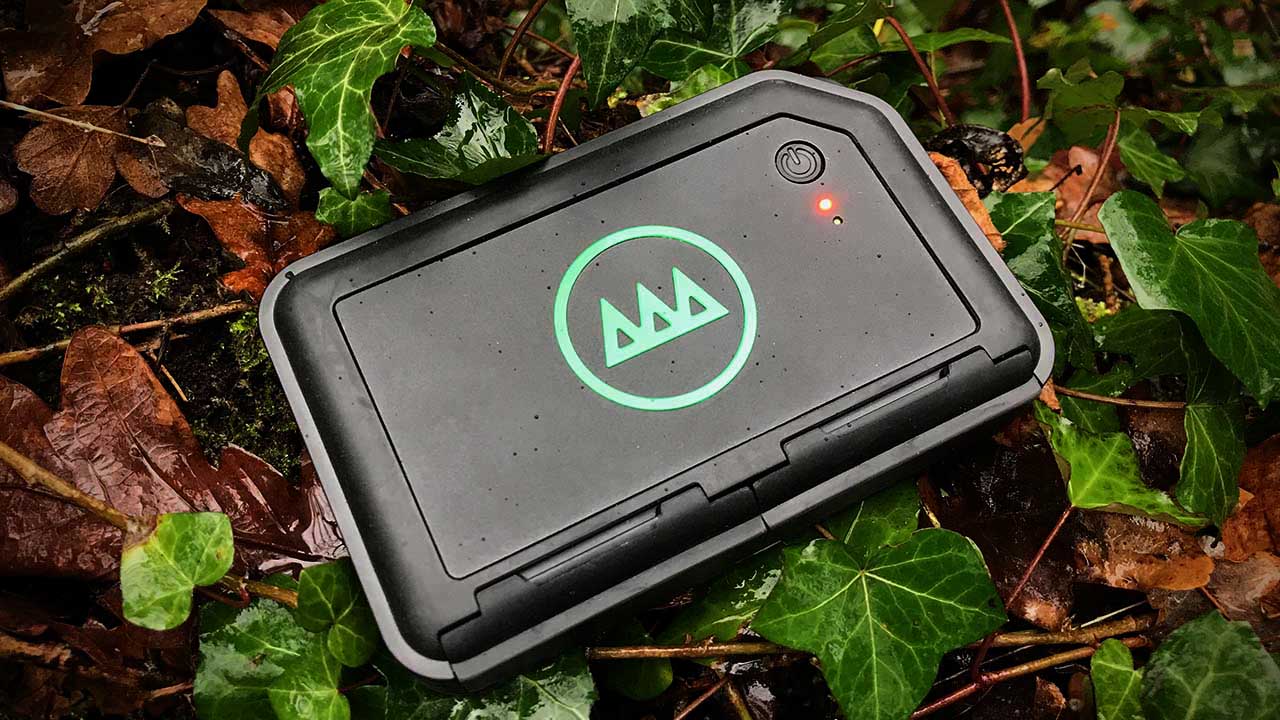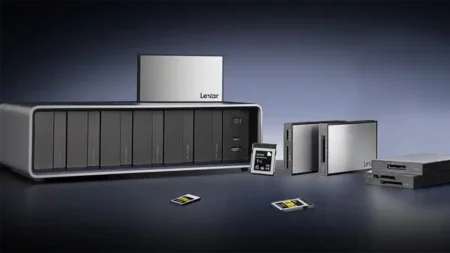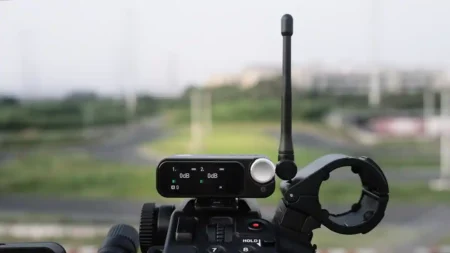In the age of 4K video and 50-megapixel still images, portable storage for photographers is more important now than ever before. Memory cards fill up fast, and so you’ll want an portable storage drive that’s small enough to pack in your bag, yet fast and spacious enough to transfer your photos and video quickly. So what are the best portable storage drives for photos and video? Before we dive in, lets look at some of the differences between SSD and HDD options and explain which is best for you.
HDD vs SSD: what is the difference?
A Hard Disk Drive (HDD) or Solid State Drive (SSD)? This is the question many photographers ask themselves. An HDD is typically much cheaper than an SSD, but the SSD is a lot faster.
In short, an HDD is older technology and uses moving parts to record your data. Specifically, it employs a number of mechanical parts in the form of spinning wheels and arms and magnetic tape to record your data.
An SSD is smaller, lighter and much faster than an HDD. This is because SSDs use flash chips to read and write your data simultaneously across their many cells. This makes them faster, but that speed comes at a cost. SSDs are typically a lot more expensive per gigabyte than HDDs.
Also, those flash cells wear out over time, meaning it’s good to have a backup of your backup.
SSD or HDD: which is best?
If all you’re doing is storing an archive of images for posterity, an HDD is probably the best solution for you. The mechanical parts are vulnerable to wear and damage over time, but if it’s simply for storing your archive of images, the wear should be minimal. But HDDs are susceptible to shock.
If you back up regularly and use your external drive as part of your daily or weekly workflow, you’ll probably want the size and read and write speeds of an SSD.
What’s more, as technology continues to develop, SSDs are poised to become the more developed and dominant device. This will also help push their price down.
External or portable storage: what is the difference?
There are really two types of external drive, ignoring the SSD, HDD, and that’s external and portable.
External are generally self-powered, large storage devices used for backup at home. The drives sit externally to your computer and generally contain optical discs. USB external drives are now very slow in comparison with newer USB-C and Thunderbolt drives so are best used for storage, they’re also super cheap for the capacities so well worth buying to keep everything backed up at home.
If you need an external as a working drive then look for a newer device with USB-C connectivity or Thunderbolt 3.0 especially if you’re editing video.
Portable drives are powered by the machine that they’re being used with. It’s really important that you get one with a sensible connector, USB-C is ideal otherwise older USB but try to avoid USB 3.0 – most portables that break are due the crappy connector.
Also make sure that the format of the drive matches your system. Most drives will come formatted at ExFat as this will work on both Mac and PC systems. The issue is that although the system is good, if you accidentally disconnect a drive without ejecting, especially on a Mac, you’re very likely to loose the partition and it can be a right royal pain in the ass to get the partition back if at all. I have two disks I’m trying to recover at present for the guys at Salisbury LCE.
When it comes to portable also think about the type of use. If you just need storage then an optical drive should be suitable, do consider that as it will be thrown into a camera bag it will only have limited life when compared to an SSD. HDD are better for big storage than SSD but not so great when used as working drives, in general terms.
SSDs are great but there’s quite a bit of misselling at the moment. You get cheap SSDs that utilise standard USB including USB 3.0. They may be SSD but you’re not getting a great deal of added performance over an HDD.
Then there are SSDs on USB-C which are pretty good and great for image editing and Full HD video. And then you have Thunderbolt 3 drives like the Samsung X5 which rock on speed.
Our best portable storage drives for photos and video
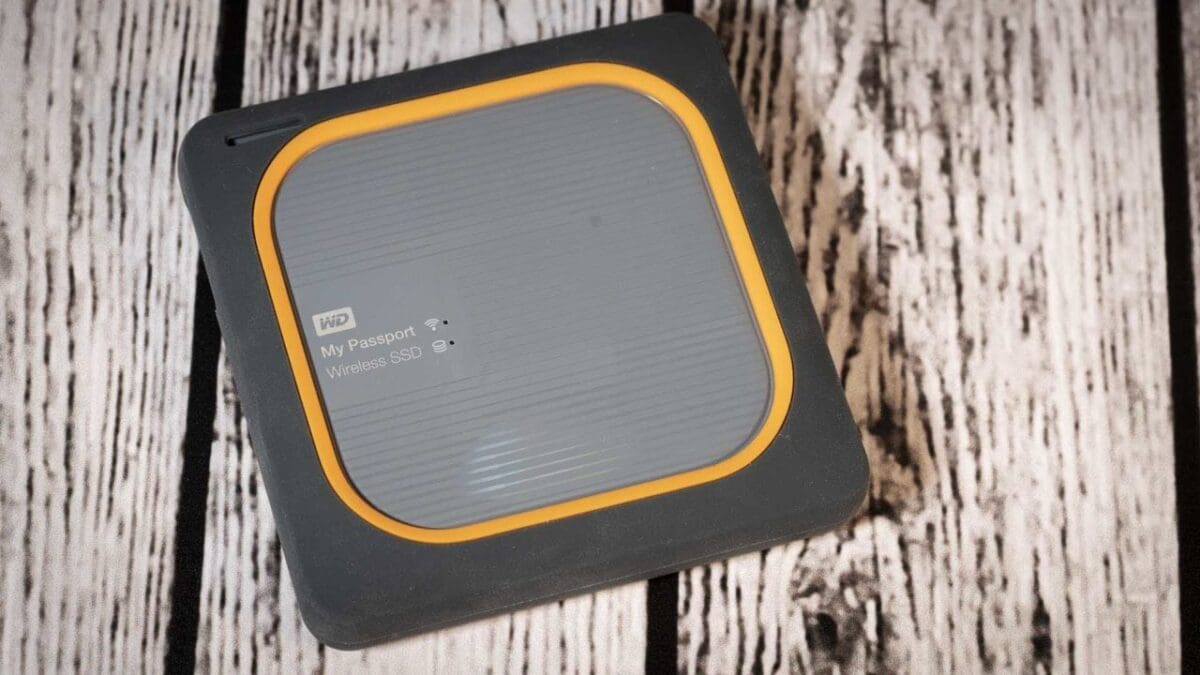
Western Digital My Passport Wireless SSD
- SD card slot
- WiFi connectivity
- 250GB, 500GB, 1TB, 2TB capacities
The Western Digital (WD) My Passport Wireless SSD is basically a solid state storage device with an SD card slot and a USB 2.0 (Type A) port. The SD slot allows you to download images and video directly while the USB port is for connecting devices like a CF card reader.
It also has WiFi connectivity built-in and this enables you to connect a smartphone or computer wirelessly. What’s more, with WD’s My Cloud app you can browse and download images for sharing.
In addition to the solid state drive, there’s a rechargeable battery inside the unit’s grey shell. This gives up to 10 hours of life, which should be sufficient for most landscape shoots. It also enables the drive to operate as a 6700mAh power bank,. It can supply up to 1.5A current to charge your phone. If the My Passport is in use, the current drops to 0.9A, so charging will take a bit longer.
It’s a useful device for lots of photographers, but it’s especially useful for anyone with a high-resolution or high frame-rate camera. If you’re shooting at 10fps or more, for instance, you’ll soon fill up your memory cards.
Having the My Passport Wireless SSD in your bag means you don’t need to carry a laptop. You can download your images to it, then format your card and carry on shooting. And if you want, you can browse your shots while you’re taking a break and even edit and share them via your phone.
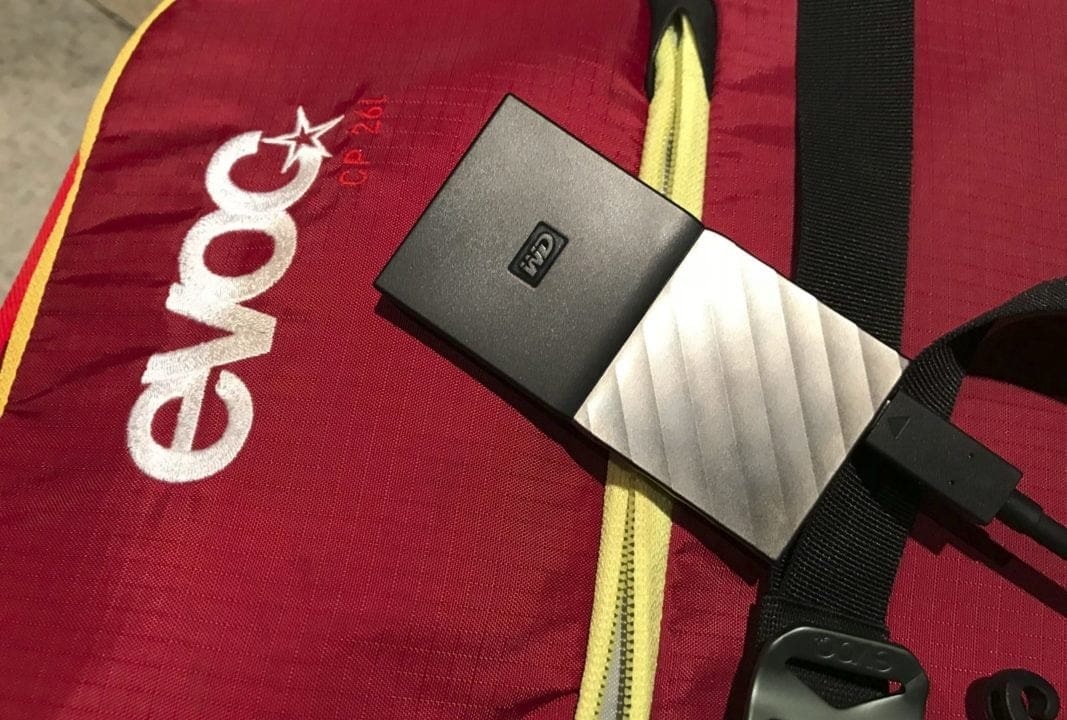
Western Digital My Passport SSD
- USB 3.1
- 256GB, 512GB and 1TB capacities
Solid State Drives (SSD) have revolutionised the storage market. Capacities might be smaller and cost more than traditional optical drives, but they’re far faster and more robust.
Physical drive sizes have dropped considerably, with the casing of the My Passport SSD being almost half the size of a traditional My Passport. The new drive measures just 90 x 45 x 10mm (LxWxH) compared with 110 x 81 x 16.3mm of the older design.
A couple of handy applications are supplied on the drive: WD Drive Utilities and WD Security.
WD Drive Utilities enables you to check the integrity and health of the drive with a status check and two levels of drive testing. It also allows you to reformat the drive into your prefered file format quickly.
WD Security enables you to lock a drive with a password. WD Security can be useful if you’re working on a shoot that involves an NDA, and it’s a legal obligation to keep the images or video safe and secure.
With the My Passport SSD, read and write times we’re quick when in use editing video through a USB 3.0 connection.

SanDisk Extreme Portable SSD
- Fits in a pocket
- USB 3.1
- 250GB, 500GB, 1TB, 2TB capacities
The SanDisk Extreme Portable SSD is a great portable storage drive because at 8.85 x 49.55 x 96.2mm and 38.9g you can slip it into your bag almost unnoticed.
It has a USB 3.1 (Gen 2) interface and is supplied with a nice quality USB C cable. That means you can plug it directly into a MacBook but there’s also a USB A adaptor so it can be plugged into older (more common) laptops as well.
Windows users will find software on the drive to allow them to password protect the drive. Mac users have a link to download the software. If needed.
The SanDisk Extreme Portable SSD looks smart and has the performance to match. It’s not quite as stylish as the metal-bodied Samsung T5, but in some instances, it’s just a little faster. Files transfer quickly and when browsing and editing images, the performance seems the same as if the files are on the computer’s drive.
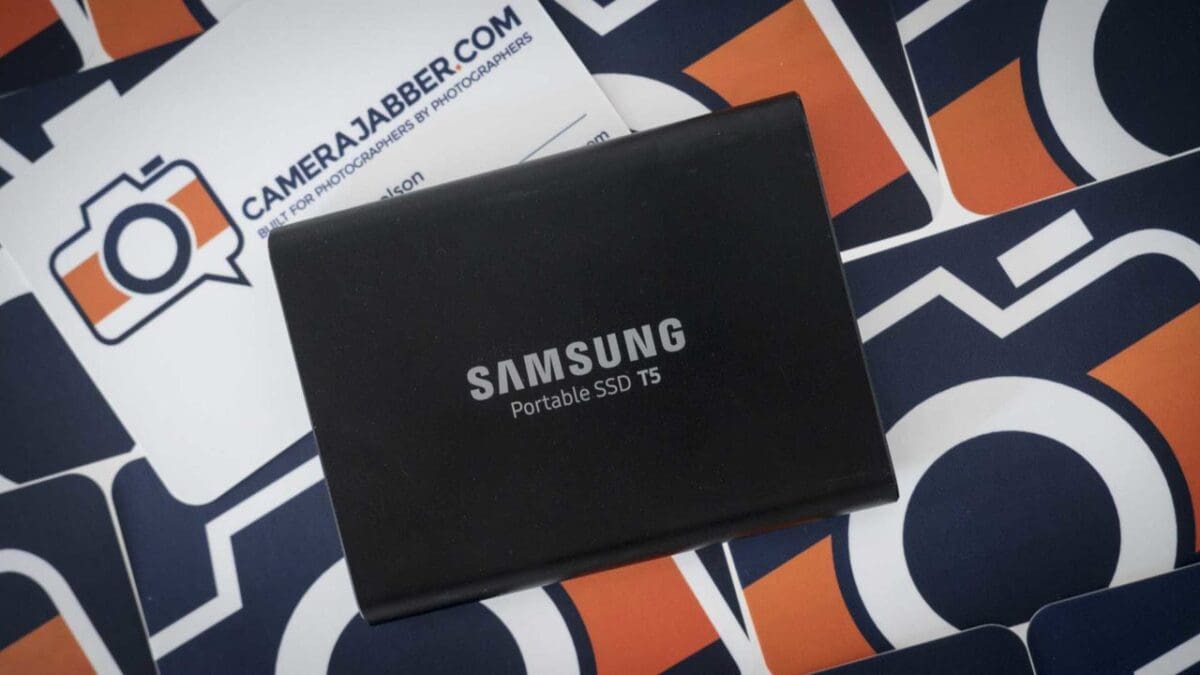
Samsung Portable SSD T5
- USB 3.1
- 540MB/s transfer speeds
- 250GB, 500GB, 1TB, 2TB capacities
The Samsung Portable SSD T5 is a small portable external storage drive that uses V-NAND technology and a USB 3.1 Gen interface. This translates to fast transfer times with Samsung claiming a maximum transfer speed of 540 MB/s.
Compatible with Windows 7 or higher and Mac OS X Mavericks (AKA version 10.9) or higher and Android 4.4 (KitKat) or higher, the T5 can be password protected if required.
The Samsung Portable SSD T5 is an excellent external drive that’s small enough to take with you wherever you might need storage. We found it very useful on the road with a MacBook (connected via an adaptor) or MacBook Pro as it avoids clogging up the on-board memory, but gives fast access to our images.
Because the T5 uses solid-state technology, the 1 and 2TB versions of the Samsung Portable SSD T5 are very expensive putting them beyond the reach of the average enthusiast. However, it’s possible to find the 500GB version for under £190 and the 250GB version for under £130 (scroll to the top of this review for some examples), which compares quite favourably with the competition.
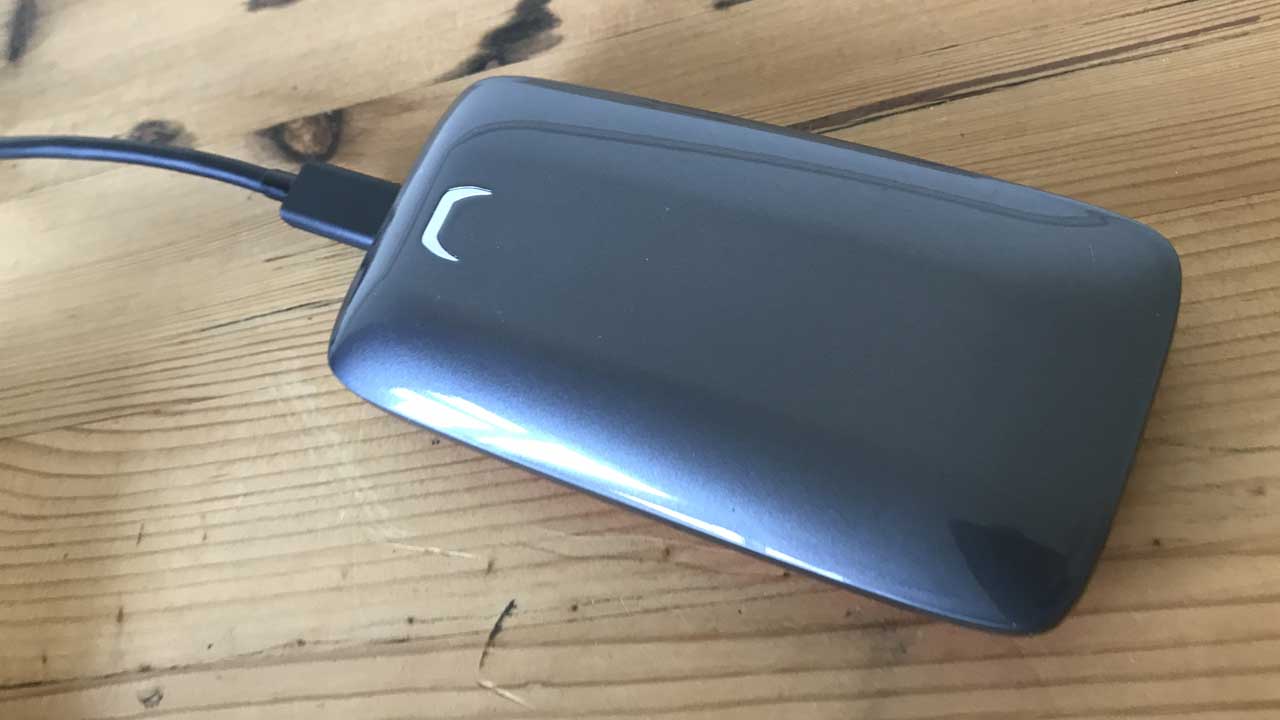
Samsung X5
- Thunderbolt 3
- 2000MB/s transfer speeds
- 500GB, 1TB, 2TB capacities
The Samsung X5 is the latest generation portable hard drive. It features super-fast Thunderbolt 3 and a high-capacity NVMe solid-state drive.
The design is sleek and simple, and the 22 x16 x 20mm dimensions are perfect for slipping into a side pocket on almost any style of camera bag.
Externally the drive’s enclosure is made of high impact plastic, this should help to ensure it stays protected in your bag. Samsung has tested the durability of the drive with a drop up to 2m.
Our testing showed the X5 to be blisteringly quick, with speeds of more than 2000MB/s. This proved that the X5 would make an ideal choice as a working drive for editing high-resolution 4K video.
Portable drives are inevitably more expensive than standard external hard drives, but when you couple capacity with speed the X5 is very reasonable.
If you’re looking for an external hard drive to use as an expanded capacity working drive, then the Samsung X5 is an ideal choice.
If you’re looking to increase the amount of work you do and want to reduce the amount of time that you’re doing it, then definitely go pick up a Samsung X5.
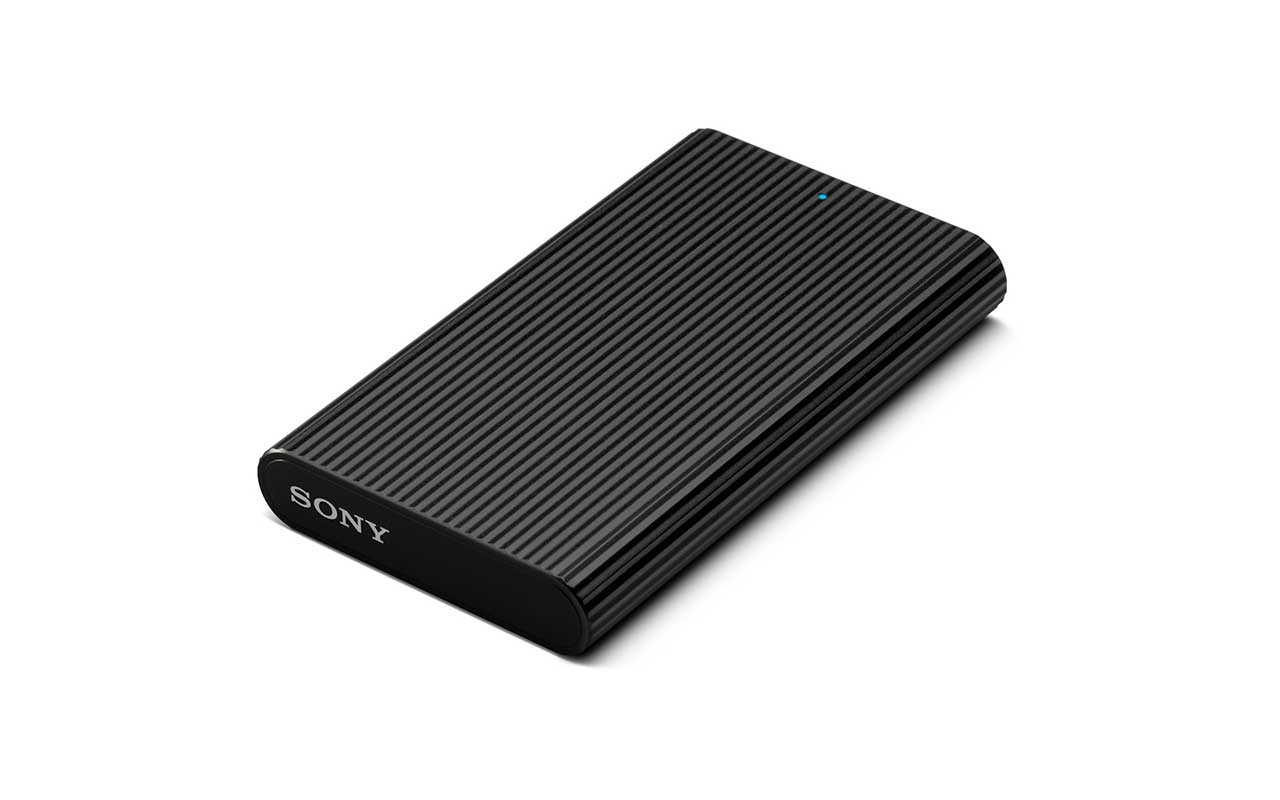
Sony SL-E SSD
- 540MB/s transfer speed
- Reversible USB Type-C ports
- 960GB capacity
Sony’s new flagship external SSD not only offers fast transfer speeds, but there is also an option to tether to your Sony Alpha camera.
The Sony SL-E SSDs offer up to 960GB of storage and boast reversible USB Type-C ports, as well as standard A cables. Both ports enable the SL-E drives to be used with both Mac and Windows machines, as well as Android phones and tablets.
The Sony SL-E SSDs offer read speeds of up to 540MB/s and write speeds of up to 520MB/s.
Sony says the SL-E drives are also shockproof and less prone to mechanical failure.
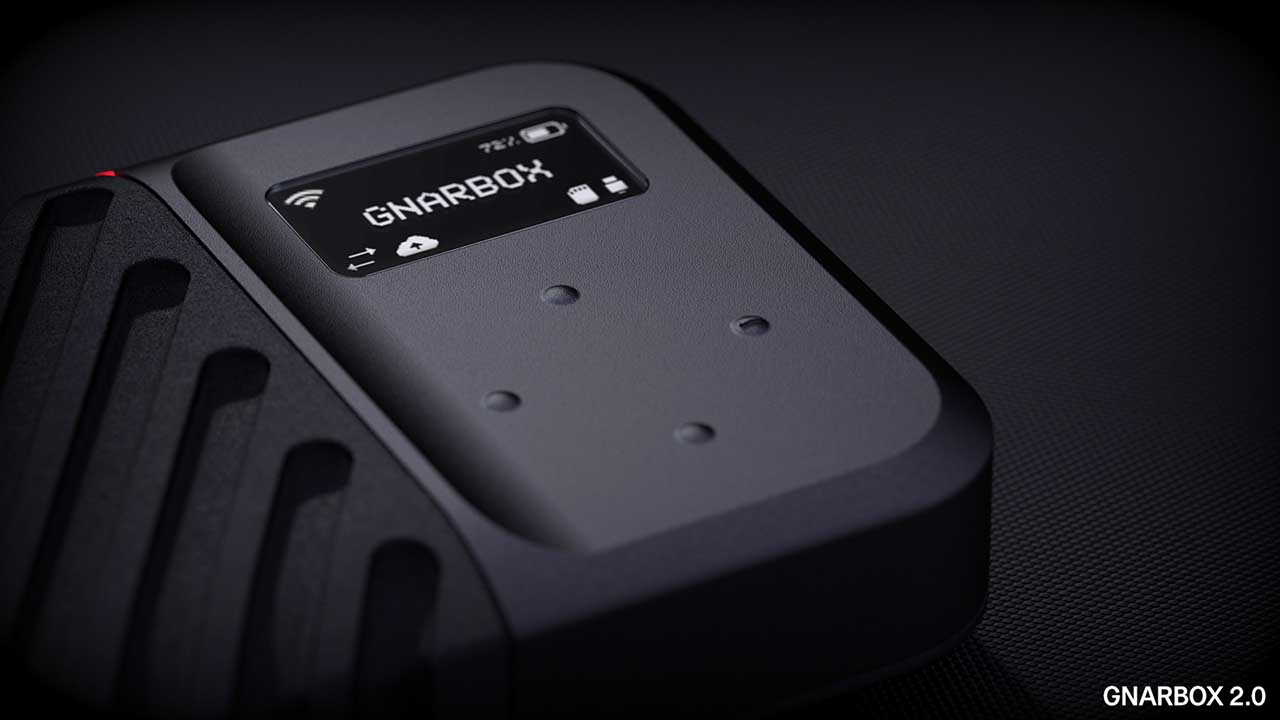
Gnarbox 2.0 SSD
- 2/4GB LPDDR3 RAM
- Intel Quad Core, 2.40GHZ CPU
- 4 Core Intel HD Graphics GPU
- 128GB, 256GB, 512GB, 1TB capacities
If you missed the first generation of this brilliant, then check out our GNARBOX 1.0 review here. Essentially the GNARBOX is storage device with four versions including; 128, 256, 512GB and 1TB capacities. The first generation was launched through a Kickstarter campaign and now they’re back with this all new version.
Unlike any other storage on the market, the GNARBOX is far more than a pure external hard drive, as it contains its own processor and the ability to supercharge your mobile device.
The way the GNARBOX works is simple enough when it comes to workflow. Download the app and then load your image or video files by using the app on your mobile device.
Then you can directly plugin your storage media; be that SD, Micro SD or direct through USB and download those files directly to the GNARBOX.
You then have access to the image or video files directly stored on the GNARBOX without having to download them to your phone.
Not only that but the GNARBOX’s power will enable you to view and edit RAW files and render ProRes footage while on the move.
The new design has many advantages over the original including an OLED display and series of buttons that enable the user to directly interact with the box. This makes backing up cards once inserted even slicker than before.
Integrations are at the heart of the GNARBOX, and at present, the list includes LumaFusion, Final Cut Pro, Adobe Premiere Pro, Adobe Lightroom and Dropbox.
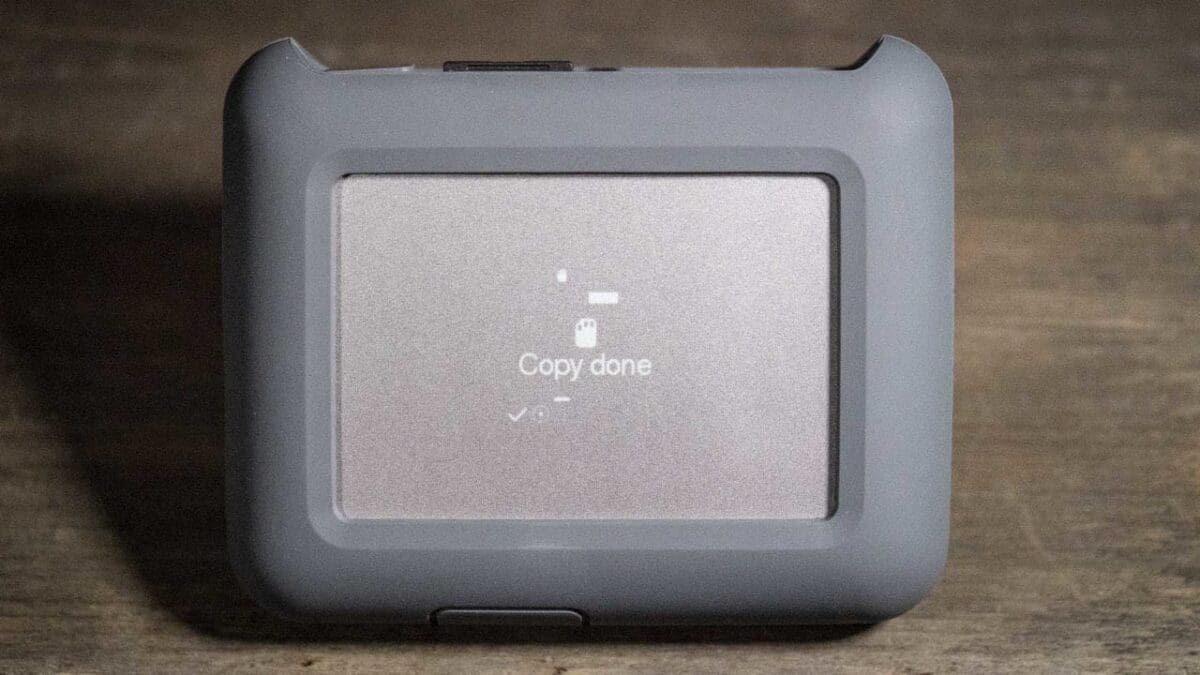
LaCie DJI CoPilo
- 2TB capacity
- Built-in display
- Smartphone connection
There are lots of portable hard drives around these days but the Lacie DJI CoPilot offers a couple of things that most don’t – a cable connection to your smartphone and a built-in display.
It’s a 2TB drive developed by Lacie and DJI as part of the BOSS (Back-up On Set Solutions) range. It’s designed to provide storage when photographers and drone pilots are away from their computers. With this in mind, there’s an SD card slot built-in so you can back-up images easily. There are also USB-A, USB-C and microUSB ports.
The CoPilot comes with three smartphone connection cables. One of these has a Lightning connection for connecting iOS devices while the others are for Android phones or tablets with microUSB or USB-C ports.
The LaCie DJI CoPilot is a really useful device for all digital photographers. It’s quick and easy to use, with no need to faff about making a Wi-Fi connection. You just plug in your phone to check your files are there and select the ones you want to share.
